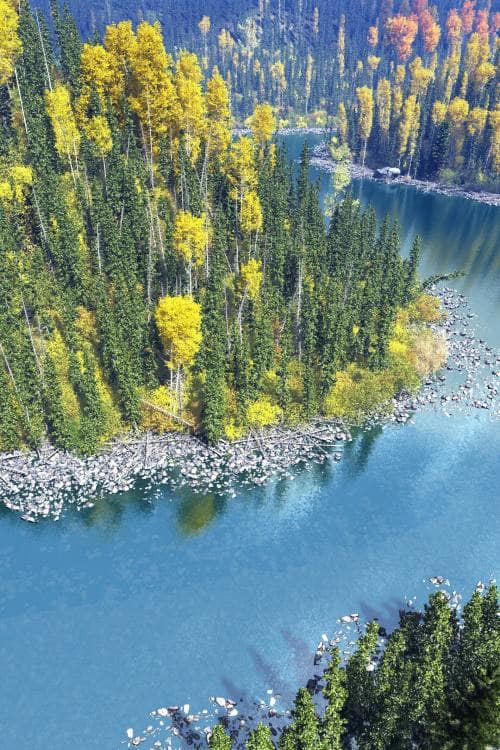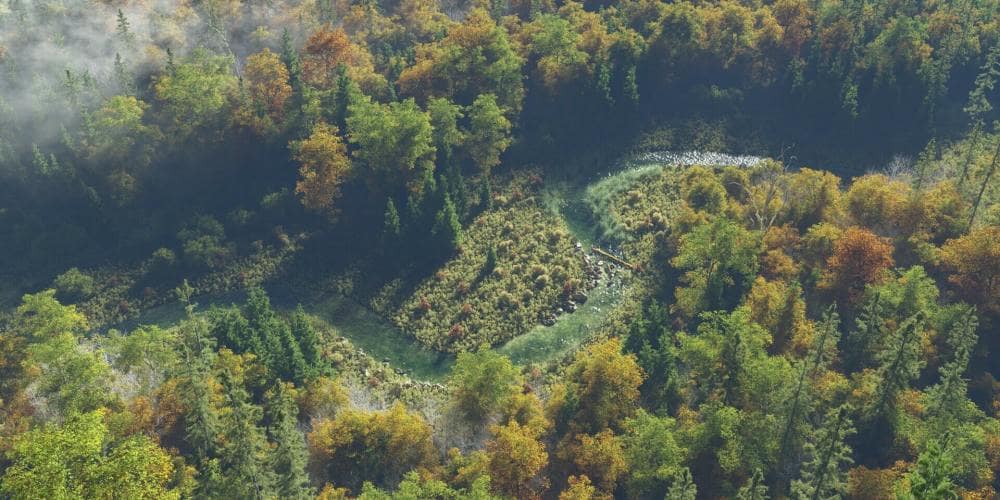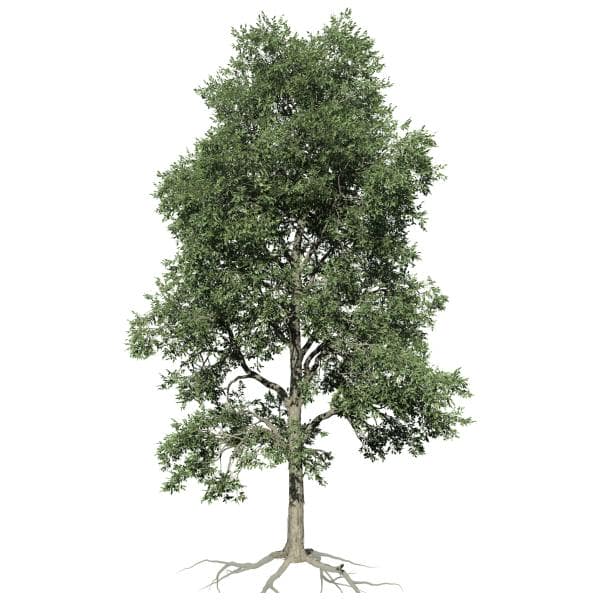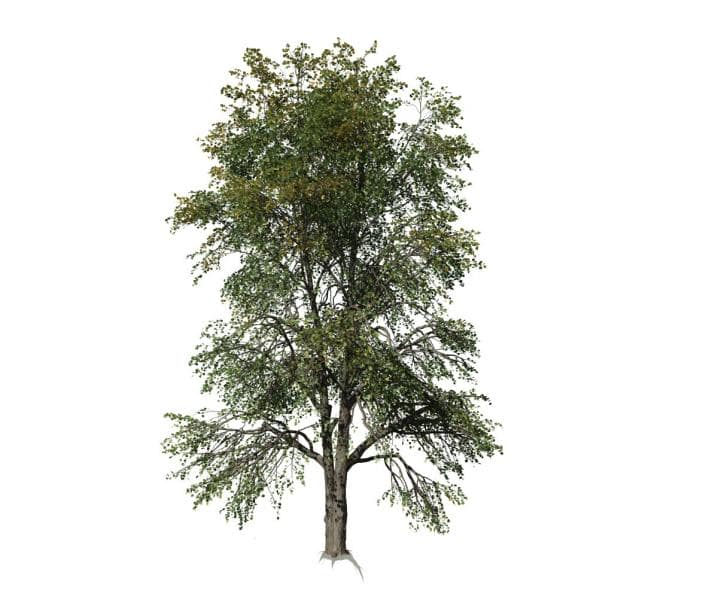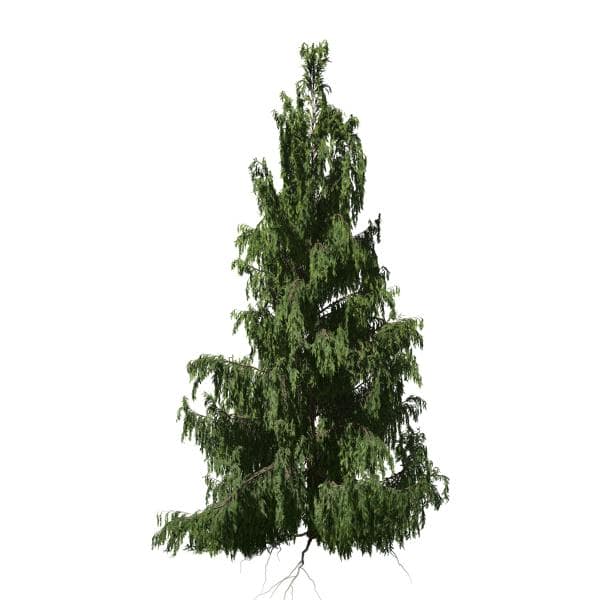In the early ’80s, somewhere in the northeast of France, Marc Schneider opened P.O.V. (Persistence of Vision) on an old Amiga computer and began his hobby of composing and rendering images inspired by photos, paintings, and his travels.
When I come home after work, it’s always very pleasing to free my mind by creating someplace I’d like to be; it’s kind of a loophole for me. I feel like I’m walking in a forest or flying over lands, trying to capture light from different times of the day.
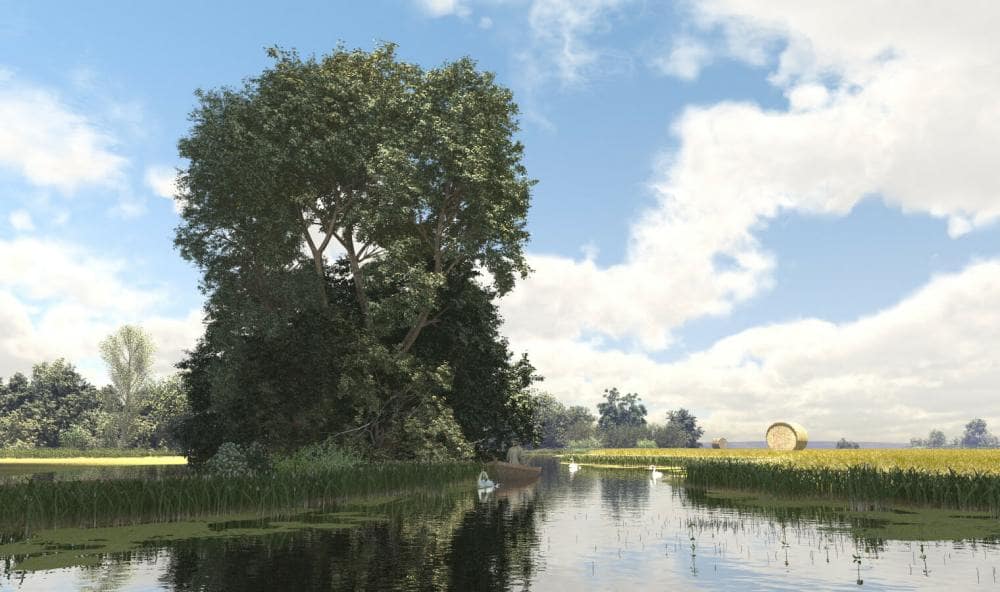 (“The Giant” is a tribute to one of Marc’s favorite painters, Volodymyr Orlowsky)
(“The Giant” is a tribute to one of Marc’s favorite painters, Volodymyr Orlowsky)
In 2002, Marc moved from P.O.V. to Bryce 7.1 Pro, which he continued to use for 17 years. We first stumbled upon Marc’s art in 2018 and couldn’t help but be impressed at the level of quality Marc was achieving with a software that dated back to the early aughts.
One of the most difficult things to do with Bryce is trying to get closer to reality while making environments…It’s an old program with serious lack now but, in good hands, it can make miracles.
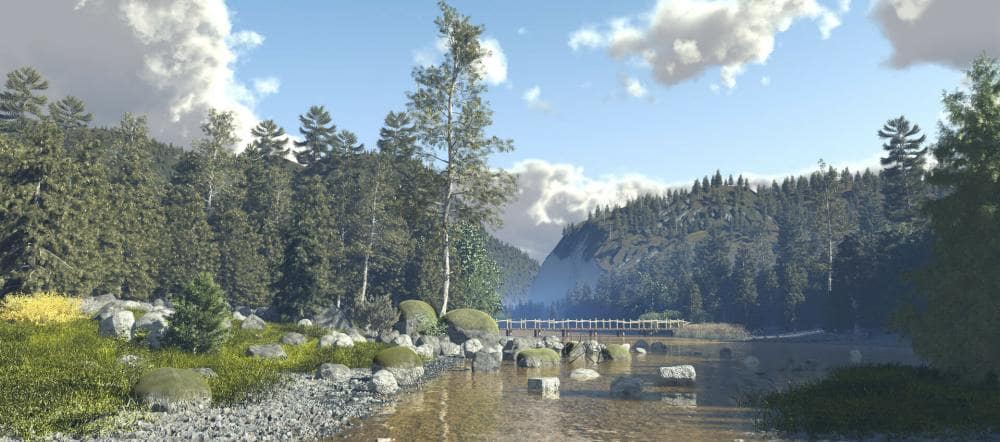 (“Pines River,” Marc’s first environment in Bryce, made using SpeedTree in 2016)
(“Pines River,” Marc’s first environment in Bryce, made using SpeedTree in 2016)
My most beautiful work with Bryce is due to the addition of SpeedTree and its models. I used SpeedTree for the first time in August 2016 and discovered that my work would never be the same. I’ve tried many competitors to compose my scenes with, but I just can’t go back to those tools after SpeedTree. Faster manipulations with node selections and real-time rendering is something that always amazes me when I work with it.
Even though the software allows me to create my own models, most of the time I prefer using models I bought on the SpeedTree store: they are beautiful, with 8K bark and 4K leaf textures.
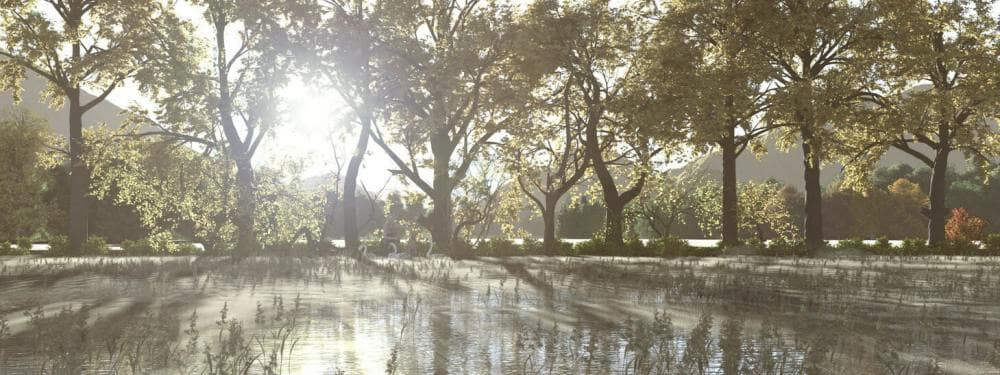 (“Tribute to Drea” is Marc’s tribute to the work of 3D artist Drea Horvath)
(“Tribute to Drea” is Marc’s tribute to the work of 3D artist Drea Horvath)
Marc worked within Bryce’s 32-bit limitations for a considerable period, but it was inevitable that the transition to a new software was needed if he wanted to achieve his more ambitious ideas. In 2019, with a memory upgrade and a resolute determination, Marc moved to World Creator and Terragen, leaving prior limitations behind.
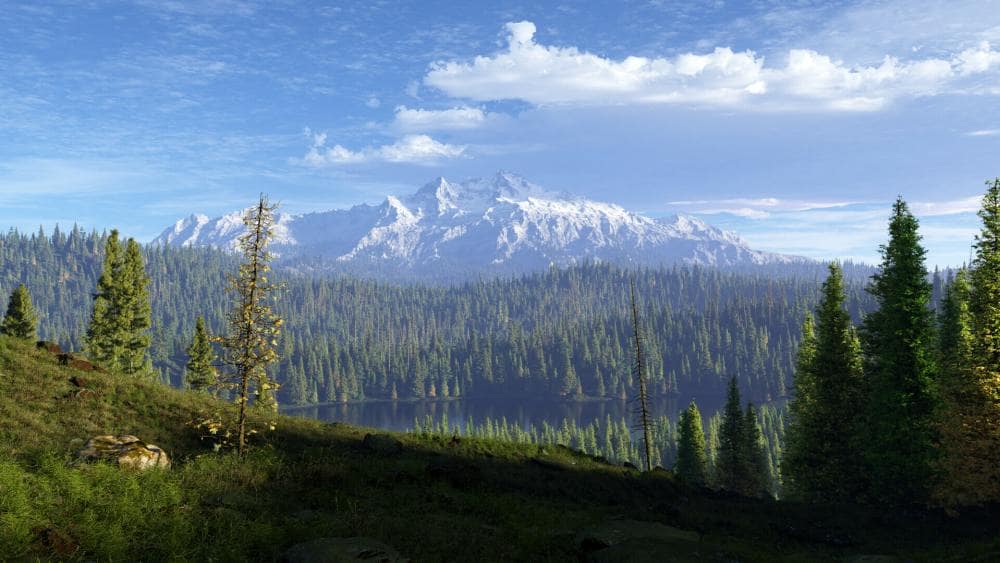 (One of Marc’s first renders using Terragen. “I’ve got a lot to learn with it, but I’m curious and very patient.” – Marc)
(One of Marc’s first renders using Terragen. “I’ve got a lot to learn with it, but I’m curious and very patient.” – Marc)
Making of “Canadian River”
When I visited Canada in September of this year, I saw many beautiful places with rivers and mountains while the maple and sweetgum were turning their autumn colors. I took reference photos while I visited Jacques Cartier’s National Park in the Quebec Province.

Back in France, I decided to put my mind to a snaking river bordered with nice autumn trees. World creator allows me to terraform everything I need from mountains to lakes and rivers, then export them as a heightmap to load into Terragen, where I can add rocks and fine details to those creations. I first modeled a simple river in World Creator then exported the heightmap to Terragen.

I then worked with some SpeedTree models (shagbark and linden trees) and used them as little bushes to border my riverbanks. After that, I added random models from various species using painted shaders in Terragen (sweetgum, maple, Alaskan cedar). I played a lot with the transparency of the leaves, the height of the sun, and the haze diffusion to give this particular autumn filling.

Thanks to Marc Schneider for sharing his history, his perspective, and his process behind his more recent work. Keep up with his environment art by following him on ArtStation!

